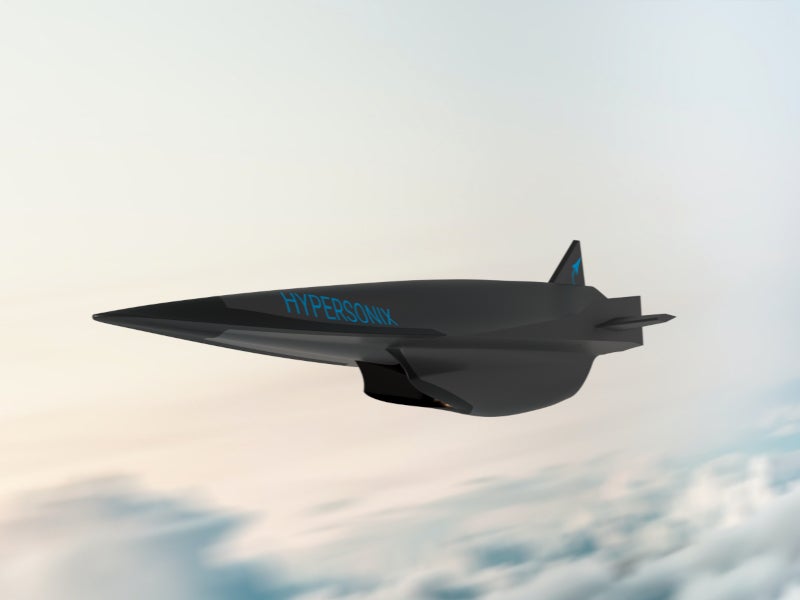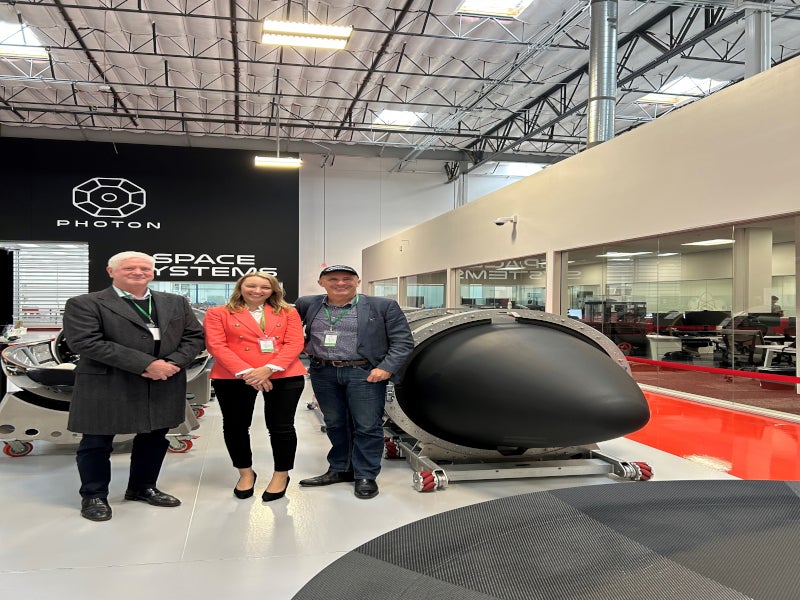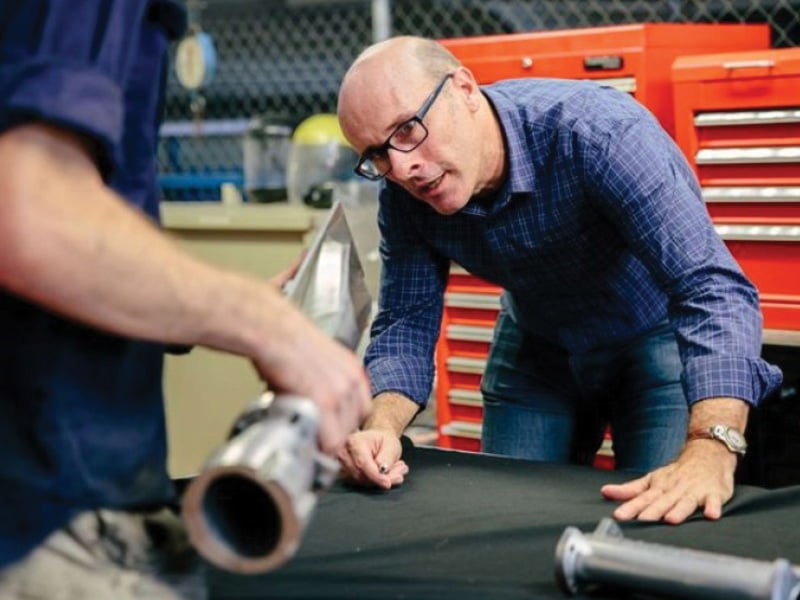DART Additive Engineering (AE) is an autonomous, 3D-printed hypersonic drone technology demonstrator developed by Hypersonix Launch Systems (Hypersonix), an Australia-based aerospace engineering, design and manufacturing company.
Hypersonix officially announced the development of the DART AE hypersonic drone system in November 2021 as a technology demonstrator.
Hypersonix first collaborated with Kratos Defense & Security Solutions in January 2022.
The hypersonic vehicles of Hypersonix need to be boosted to a speed of Mach 5 and are powered by scramjet engines. Scramjets start operating at Mach 5. SPARTAN, Hypersonix’s reusable, hydrogen-powered, self-igniting and accelerating scramjet, is 3D-printed and will power DART AE, as well as other hypersonic vehicles, in the company’s product roadmap.
Hypersonix secured an $8m grant from the Modern Manufacturing Initiative (MMI) Defence Translation stream in May 2022, to further advance the development of the DART AE hypersonic drone. The deliverable under the programme is a flight-ready UAV that will be flown to demonstrate the technology.
In March 2023, the US Defense Innovation Unit (DIU) selected Hypersonix to provide it with a high-speed test aircraft for testing hypersonic technologies within the Hypersonic and High-Cadence Airborne Testing Capabilities (HyCAT) programme. DART AE was chosen for that purpose, so the demonstrator flight will both satisfy the MMI deliverable and anchor future sales of the DART AE to the US DoD. Three flights are planned under the HyCat programme, with additional orders available without competitive tender once the technology is proven in flight.
In addition to the DIU channel, Hypersonix and Kratos expanded their existing relationship with an exclusive teaming agreement to offer the DART AE system, integrated with the latter’s Zeus family of solid rocket motors, to the US market in August 2023.
Kratos has committed to acquiring up to 20 DART AE systems from Hypersonix, as part of the agreement, following the successful completion and demonstration of the combined flight system.
The first test flight of the DART AE is expected in 2024.
DART AE design details
DART AE is a 3m-long, single-use, multi-mission hypersonic system that is entirely 3D-printed out of high-temperature alloys. It is meant for the development, demonstration, testing and evaluation of hypersonic technologies, in addition to other potential hypersonic applications.
The 300kg hypersonic system can travel up to a range of 1,000km at a speed of Mach 7. It can be launched via an unguided sounding rocket, which will lower expenses and enhance the versatility of both the launch and mission possibilities. It can also be launched from a guided rocket, as well as air-launched.
The demonstrator has been developed to enable customers to explore flight conditions, data transmission, and manoeuvrability at hypersonic speeds. It will have the capacity to acquire valuable information and understanding regarding hypersonic operations at a significantly more budget-friendly cost compared to currently available hypersonic systems. Given that it is a simple design with few moving parts, uses hydrogen as fuel and is air-breathing, its operational and environmental characteristics are desirable.
To build on the competitive advantage of reliability and low emissions, Hypersonix also plans to develop larger re-useable hypersonic vehicles capable of larger payloads over longer distances. The company’s strategy places significant emphasis on high-cadence flight and reusability as crucial elements.
DART AE launch details
Hypersonix partnered with Rocket Lab USA, a launch services provider, in April 2023 for the first launch of the DART AE in the HyCAT programme.
Rocket Lab will provide its Hypersonic Accelerator Suborbital Test Electron (HASTE) rocket, a suborbital testbed launch vehicle. HASTE will bring DART AE to its primary operating speed and enable it to establish its non-ballistic flight patterns, acceleration and hypersonic capabilities.
Following the success of the first flight, Kratos will procure and fly DART AEs for various US DoD clients, using its Zeus family of engines.
Engine details of the DART AE
The DART AE hypersonic system is powered by a single SPARTAN scramjet engine. SPARTAN stands for Scramjet Powered Accelerator for Reusable Technology Advancement. It is a fifth-generation, reusable hydrogen-powered scramjet engine developed by Hypersonix.
In addition to emitting zero carbon dioxide, clean-burning hydrogen fuel enables the engine to be turned on and off multiple times during a flight. The capability allows for a non-ballistic trajectory that conventional rockets cannot achieve. Together with the control surfaces integrated into its DART AE fuselage, this gives DART AE unique manoeuvrability at high speeds.
Furthermore, clean hydrogen fuel offers a greater range compared to other scramjets.
Hypersonix received a US patent for the technology used in the SPARTAN scramjet design in June 2023.
SPARTAN scramjet engine features
SPARTAN’s fixed geometry is a distinct characteristic that facilitates its usage in advanced manufacturing methods. The scramjet engine is available in Inconel 718 high-temperature alloy, enabling it to reach speeds of up to Mach 7.
Hypersonix’s technological demonstration version of its hydrogen-powered scramjet, produced using high-temperature ceramic matrix composites (HT CMCs), was obtained in June 2023.
HT CMCs exhibit the ability to withstand repeated cycles of intense heating and rapid cooling, positioning them as the preferred material for Hypersonix’s upcoming reusable hypersonic vehicles. The use of HT CMC over Inconel 718 enables the engine to endure elevated temperatures occurring at a top speed of Mach 12.










